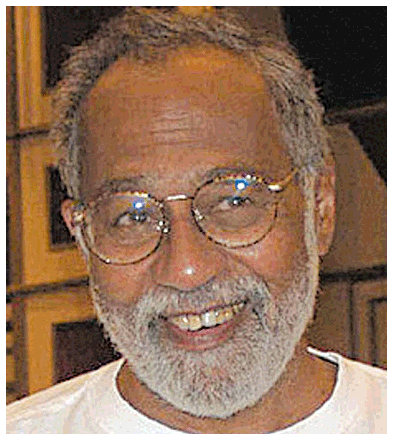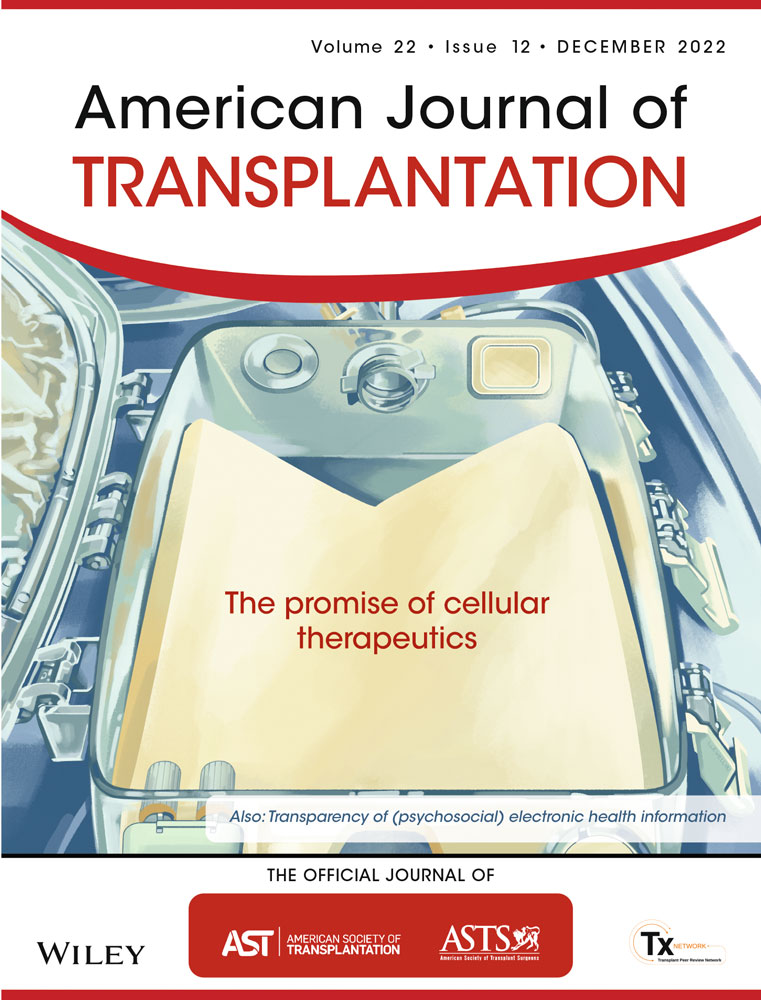Amir Tejani, MD, 1933–2002
Amir Tejani died suddenly and unexpectedly in Bombay, India on January 7, 2002, while he and his wife Nergesh were attending a reunion of their medical school class. He was 68. It had been a typical Amir Tejani day: the morning spent giving talks and moderating symposia, the afternoon devoted to raising funds for his medical school's building program during which he goaded and cajoled his colleagues into doubling and tripling their contributions, then an evening with family and friends at a favorite gourmet restaurant where for once the food was sufficiently spicy not to require his beloved Tabasco. He and Nergesh retired late, sleeping in the family home in which they had been married 42 years before. Amir did not awaken. He had a history of coronary artery disease and had undergone bypass surgery almost two decades ago1. His death has left a great void for pediatric nephrology and transplantation in general and for many of us personally.

Amir was born in a mission hospital in Kampala, Uganda in 1933, the first of nine children. His father was a teacher in a religious school, having emigrated to Africa from India several years earlier. Amir's childhood was spent in two tiny villages in Kenya where his family had a general store. Amir liked to recall that he was in secondary school before he ever wore shoes. He was sent to boarding school in Tanzania, where he rose quickly to the top of his class and obtained a meager scholarship to begin his premedical studies in Bombay. Graduation from Grant Medical College in Bombay in 1956 was followed by internships in internal medicine, pediatrics and dermatology, resulting in his pediatrics diploma in 1958. By that time his father's business in Africa was failing, so Amir returned to Kampala to open a general pediatrics practice and to help support his eight siblings. He and Nergesh were married in 1959, and their three daughters were all born in Africa during the following 9 years.
By 1971, the social situation in Uganda for those of Indian heritage had become intolerable, so Amir and Nergesh brought their small family to the United States, settling in New York where Amir resumed pediatrics residency training at Brooklyn Jewish Hospital. He joined the staff of the State University of New York Downstate Medical Center in 1974, and went on to serve as Professor of Pediatrics and Director of the Division of Pediatric Nephrology from 1981 to 1997. In 1997, he moved to New York Medical College in Westchester, where he was Professor of Pediatrics and Surgery at the time of his death.
Amir was best known for his leadership of the North American Pediatric Renal Transplant Cooperative Study (NAPRTCS) which he founded in 1987. NAPRTCS began as a pediatric renal transplant registry primarily funded by Novartis (then Sandoz Pharmaceuticals). In 1992, Amir obtained funding from AMGEN to expand the NAPRTCS to include pediatric dialysis patients, and in 1994 the registry was expanded again, this time with the help of Genentech, to include children with chronic renal insufficiency. In 1994, NAPRTCS received its first federal funding, a grant from NIAID to perform a clinical trial of induction immunotherapy in children receiving renal transplants. This study, recently concluded, was one of the first to incorporate surveillance biopsies and innovative mechanistic studies that demonstrated the potential importance of these techniques.
During Amir's tenure as the leader of NAPRTCS, the organization grew to include over 130 participating pediatric renal centers in the United States, Canada, Mexico and Costa Rica. More than 10 000 patients have been registered and followed, making the NAPRTCS the largest continuous study of renal disease in children ever conducted. Along the way, the NAPRTCS has published 79 original articles in peer-reviewed journals, written by 69 different investigators, and NAPRTCS data have been the basis for over 80 presentations at national and international meetings. NAPRTCS research funds have been distributed to nearly 150 pediatric nephrology departments out of an annual operating budget that currently exceeds $3 000 000, more than half of which now comes from the NIH. Amir was adept at using the NAPRTCS to promote pediatric nephrology, frequently organizing symposia at which he introduced many of the best scientists in transplantation to the pediatric nephrology community and to the special problems of children.
Amir was active in many professional organizations, but it was for the American Society of Transplantation that he did some of his best work. He was Program Chair for the 1997 annual meeting and a Councilor at Large for 3 years, and for the past 2 years he was Chair of the Development Committee, during which time he raised a record amount of support for the AST. He organized last year's Generics and Endpoint conferences with the NIH and was singularly responsible for launching the AST's Pediatric Renal Transplant PhysicianTraining Accreditation Program. He received the AST/Novartis Established Investigator Award in 2000, delighting the crowd by bringing his grandchildren to the podium to accept the award with him. He was the founding Secretary-Treasurer and driving force behind the International Pediatric Transplant Association, organizing the highly successful First International IPTA Congress in Venice in 2000.
Amir was the author of over 150 original articles and book chapters and the editor of three books, including Pediatric Renal Transplantation (1994) and Pediatric Solid Organ Transplantation (2000). He was a founding co-editor of Pediatric Transplantation, the official journal of IPTA. In his lifetime he was principal investigator on grants totaling over $28 000 000.
With Amir's untimely death, pediatric nephrology has lost one of its strongest champions. However, he leaves us enriched in many ways, and because of his many accomplishments children with kidney disease are receiving better care. He was a true and loyal friend and colleague, and it was our privilege to know him and to work so closely with him for the past 15 years. Our condolences to Nergesh and the three Tejani daughters and five grandchildren. His family has requested remembrances in his name be sent to the American Friends Service Committee, 1501 Cherry Street, Philadelphia, PA 19102.




